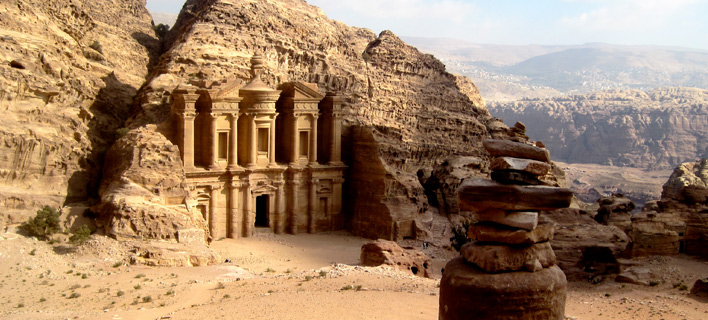
JORDAN |
Inclusions
- Economy class airfare and taxes
- 4 nights at Hotel Amman- Hotel 3*
- 2 nights at Hotel Deadsea- Hotel 3*
- Daily breakfast at hotel
- Round trip Transfers
- ½ day Amman City tour
Day 1: Arrive Amman
Arrive Amman International Airport, go through the emigration formalities, come out side and get the transfer to your respective hotel. Day is at leisure.
Day 2: Amman City Tour
Breakfast at hoel, Start the day with a city tour of Amman. Amman is the capital of Jordan which is a fascinating city of contrasts – a unique blend of old and new, ideally situated on a hilly area between the desert and the fertile Jordan Valley. Due to the city's modern-day prosperity and temperate climate, almost half of Jordan's population is concentrated in the Amman area. The residential suburbs consist of mainly tree-lined street and avenues flanked by elegant, almost uniformly white houses, in accordance with a municipal law, which states that all buildings must be faced with local stone. The downtown area is much older and more traditional with smaller businesses producing and selling everything from fabulous jewellery to everyday household items. The people of Amman are multi-cultural, multi-denominational, well educated and extremely hospitable. They welcome visitors and take pride in showing them around their fascinating and vibrant city.
The visit will include the fascinating Roman Theater and Nymphaeum that reflect the historic legacy of the city, and the enchanting Citadel which has stood since the ancient times of the Ammonites. On Fridays during summer you may also enjoy Jabal Amman 1st Circle Walking Trail with its coffeshops and grand traditional villas. If it's shopping you're after, then the pedestrian Wakalat shopping district offers a wide selection of international brand names to choose from. For a more exotic and traditional experience you can visit the old-downtown, also known as the ''Souq'', and take in the traditional sights and smells of the spice market, and shop for authentic souvenirs.
Day 3: Amman
Breakfast at hotel, Today you have an option to visit Petra . Petra Tour : The Treasury or 'Al-Khazneh'. Start the visit of Petra - Petra the world wonder, is without doubt Jordan's most valuable treasure and greatest tourist attraction. It is a vast, unique city, carved into the sheer rock face by the Nabateans, an industrious Arab people who settled here more than 2000 years ago, turning it into an important junction for the silk, spice and other trade routes that linked China, India and southern Arabia with Egypt, Syria, Greece and Rome. Entrance to the city is through the Siq, a narrow gorge, over 1 kilometre in length, which is flanked on either side by soaring, 80 metres high cliffs. Just walking through the Siq is an experience in itself. The colours and formations of the rocks are dazzling. As you reach the end of the Siq you will catch your first glimpse of Al-Khazneh (Treasury). This is an awe-inspiring experience. A massive façade, 30m wide and 43m high, carved out of the sheer, dusky pink, rock-face and dwarfing everything around it. It was carved in the early 1st century as the tomb of an important Nabatean king and represents the engineering genius of these ancient people.
The Treasury is just the first of the many wonders that make up Petra. You will need at least four or five days to really explore everything here. As you enter the Petra valley you will be overwhelmed by the natural beauty of this place and its outstanding architectural achievements. There are hundreds of elaborate rock-cut tombs with intricate carvings - unlike the houses, which were destroyed mostly by earthquakes, the tombs were carved to last throughout the afterlife and 500 have survived, empty but bewitching as you file past their dark openings. Here also is a massive Nabatean-built, Roman-style theatre, which could seat 3,000 people. There are obelisks, temples, sacrificial altars and colonnaded streets, and high above, overlooking the valley, is the impressive Ad-Deir Monastery – a flight of 800 rock cut steps takes you there
The optional cost includes: Transfer using A/C tourist Vehicle, Entrance fees, short horse ride until Siq entrance and local guide hired from the site to accompany the guests for about 3hrs.
Day 4: Amman
Breakfast at hotel, Day is at free . you may choose the below optional tour
Jerash : The Cathedral at Jerash.
Drive to Jerash - A close second to Petra on the list of favourite destinations in Jordan, the ancient city of Jerash boasts an unbroken chain of human occupation dating back more than 6,500 years. Jerash lies on a plain surrounded by hilly wooded areas and fertile basins. Conquered by General Pompey in 63 BC, it came under Roman rule and was one of the ten great Roman cities, the Decapolis League The city's golden age came under Roman rule, during which time it was known as Gerasa, and the site is now generally acknowledged to be one of the best preserved Roman provincial towns in the world. Hidden for centuries in sand before being excavated and restored over the past 70 years, Jerash reveals a fine example of the grand, formal provincial Roman urbanism that is found throughout the Middle East, comprising paved and colonnaded streets, soaring hilltop temples, handsome theatres, spacious public squares and plazas, baths, fountains and city walls pierced by towers and gates. Beneath its external Graeco - Roman veneer, Jerash also preserves a subtle blend of east and west. Its architecture, religion and languages reflect a process by which two powerful cultures meshed and coexisted, The Graeco - Roman world of the Mediterranean basin and the traditions of the Arab Orient.
The modern city of Jerash can be found to the east of the ruins. While the old and new share a city wall, careful preservation and planning has seen the city itself develop well away from the ruins so there is no encroachment on the sites of old.
Tour Price include:
Transfer using A/C tourist Vehicle, Entrance fees and local guide hired from the site to accompany the guests for 2hrs. Ajlun (in combination with Jerash) After visiting Jerash continue to Ajlun - The marvels of nature and the genius of medieval Arab military architecture have given northern Jordan two of the most important ecological and historical attractions in the Middle East: the sprawling pine forests of the Ajloun-Dibbine area, and the towering Ayyubid castle at Ajloun, which helped to defeat the Crusaders eight centuries ago. Ajloun Castle (Qal'at Ar-Rabad) was built by one of Saladin's generals in 1184 AD to control the iron mines of Ajloun, and to deter the Franks from invading Ajloun. Ajloun Castle dominated the three main routes leading to the Jordan valley and protected the trade and commercial routes between Jordan and Syria, it became an important link in the defensive chain against the Crusaders, who, unsuccessfully spend decades trying to capture the castle and the nearby village.
View of the castle from it's moat.
The original castle had four towers; arrow slits incorporated into the thick walls and it was surrounded by a moat averaging 16 meters in width and up to 15 meters deep. In 1215 AD, the Mameluk officer Aibak ibn Abdullah expanded the castle following Usama's death, by adding a new tower in the southeast corner and a bridge that can still be seen decorated with pigeon reliefs.
Inside Ajloun castle.
The castle was conceded in the 13th century to Salah al-Din Yousef Ibn Ayoub, ruler of Aleppo and Damascus, who restored the northeastern tower. These expansion efforts were interrupted in AD 1260, when Mongol invaders destroyed the castle, but almost immediately, the Mameluk Sultan Baybars reconquered and rebuilt the fortress. Ten Salah Ed Din soldiers are guarding the castle every day of the week. They are placed at the four different gate levels that the castle has. Two are on the roof where the yellow Mameluke is flying. Siege ladders leaning on the wall adds to the war like atmosphere. Ajloun is just a short journey from Jerash through pine forest and olive groves and boasts scores of ancient sites, including water mills, forts and villages, all in the beautiful hills and valleys of north Jordan.
The Optional Tour includes: Transfer using A/C tourist Vehicle And Entrance fees.
Day 5: Amman – Dead sea
Breakfast at hotel, check out and get transfer to Dead sea. Free day at Dead Sea and Overnight.
Dead Sea :
One of the most spectacular natural and spiritual landscapes in the world, the Jordanian east coast of the Dead Sea has evolved into a major hub of both religious and health and wellness tourism in the region. A series of good roads, excellent hotels with spa and fitness facilities, as well as archaeological and spiritual discoveries make this region as enticing to today's international visitors as it was to kings, emperors, traders, prophets and pilgrims in antiquity.
Day 6: Dead sea
Brakfast at hotel . Day is at free . The leading attraction at the Dead Sea is the warm, soothing, super salty water itself – some ten times saltier than sea water, and rich in chloride salts of magnesium, sodium, potassium, bromine and several others. The unusually warm, incredibly buoyant and mineral-rich waters have attracted visitors since ancient times, including King Herod the Great and the beautiful Egyptian Queen, Cleopatra. All of whom have luxuriated in the Dead Sea's rich, black, stimulating mud and floated effortlessly on their backs while soaking up the water's healthy minerals along with the gently diffused rays of the Jordanian sun.
Day 7: Deadsea- Homebound
Breakfast at hotel, check out and transfer back to india.
Tour Ends !!
All above quoted rates and itinerary are subject to availability and can change without any prior notice
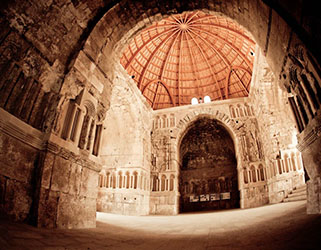
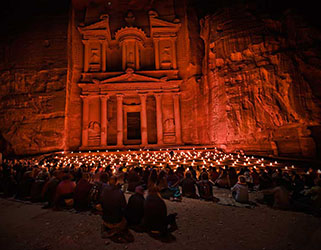
Attractions
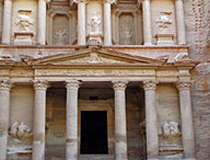


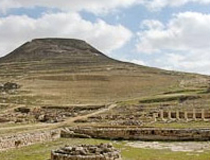














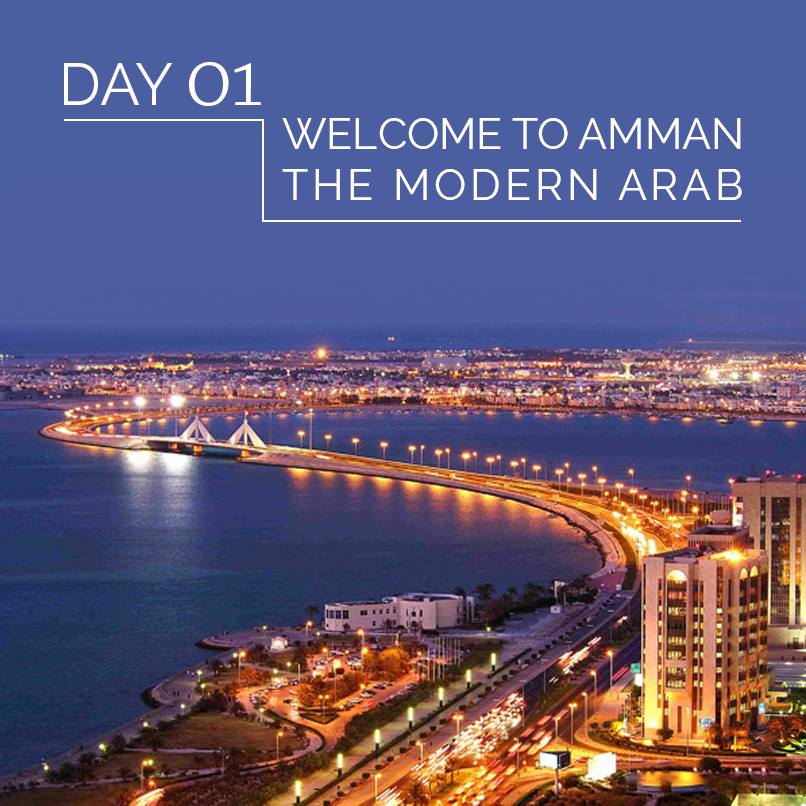

 A-7 Naraina Industrial
A-7 Naraina Industrial  Email: holidays@skywidaviation.com
Email: holidays@skywidaviation.com 